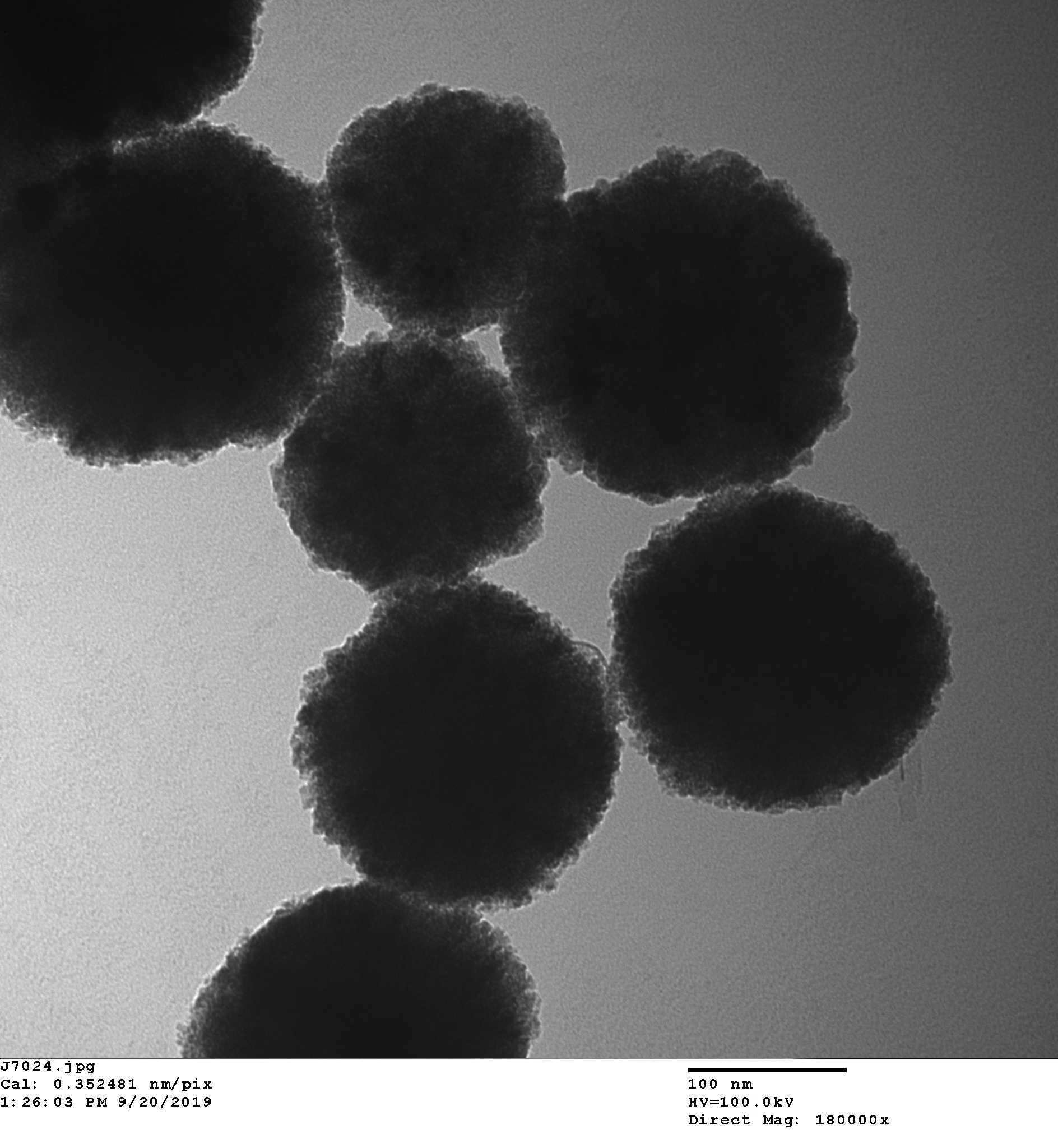Gold Nanoparticle Characterization Methods
Laboratory Instrumentation Used to Characterize Gold Nanoparticles
Nanoparticles have become increasingly utilized in diverse fields, from medicine to electronics, thanks to their unique size-dependent properties. However, precisely understanding and controlling these properties requires specialized techniques. In this post, we will delve into various methods used for nanoparticle characterization and their contributions to advancing nanoscience.
In order to investigate the internal structure of nanoparticles, Transmission Electron Microscopy (TEM) is an invaluable technique. By transmitting an electron beam through a sample, TEM provides detailed information on particle morphology, crystal structure, lattice spacing, and defects. In addition, TEM allows for elemental analysis using energy-dispersive X-ray spectroscopy (EDS).
SEM, or Scanning Electron Microscopy, is a commonly utilized method for examining and analyzing nanoparticles. By directing an electron beam at the sample and detecting the resulting electrons, SEM produces detailed images with high resolution. This technique offers insights into the size, shape, and surface features of nanoparticles, offering important data for characterization purposes.
UV-Vis spectroscopy is a valuable analytical tool for determining the composition and concentration of a sample. It utilizes discrete wavelengths of UV or visible light to measure the absorption or transmission of light, which can then be compared to a reference or blank sample. This allows for insightful information on the contents of the sample to be obtained.
DLS, also referred to as Photon Correlation Spectroscopy, is a useful method for analyzing the size distribution of nanoparticles in a liquid. Through tracking the intensity changes of scattered light, DLS reveals details about particle size, polydispersity, and aggregation in colloidal solutions. DLS however, is limited to spherical shapes and to sizes larger than 20nm due to its reliance on scattered light.
X-ray Diffraction (XRD) is a robust method for studying the crystal structure of nanoparticles. By exposing a sample to an X-ray beam, valuable insights into the lattice spacing and crystal orientation can be obtained from the resulting diffraction pattern. This technique is also useful in identifying and characterizing nanoparticles, as it can provide information on their composition, phase purity, and crystallinity.
FTIR, or Fourier Transform Infrared Spectroscopy, is a powerful tool for analyzing nanoparticles. It allows us to identify functional groups and chemical bonds by measuring the absorption and transmission of infrared light. Through this technique, we can gain insight into the composition, surface chemistry, and molecular interactions of nanoparticles. With FTIR, we can better understand surface modifications and coatings on these tiny particles.
Atomic Force Microscopy (AFM) is a flexible method for examining the surface properties of nanoparticles. It involves a sharp tip attached to a cantilever that scans the sample surface, providing topographical information at a nanometer scale. With AFM, one can obtain measurements such as particle size, height, roughness, and even mechanical characteristics like adhesion and elasticity.
SPR, or Surface Plasmon Resonance, is a label-free method that offers continuous insight into the relationship between nanoparticles and nearby molecules. It detects alterations in refractive index resulting from analytes attaching to the nanoparticle surface. This technology aids in comprehending interactions between nanoparticles and proteins, as well as in drug delivery and biosensing applications.
Nanoparticles must be characterized in order to comprehend their physical, chemical, and biological characteristics. This blog post highlights several techniques – such as SEM, TEM, DLS, XRD, FTIR, AFM, and SPR – that offer valuable information on nanoparticle size, shape, structure, surface chemistry, and interactions. By utilizing these methods of characterization, scientists can fully explore the possibilities of nanoparticles in different domains, resulting in groundbreaking advancements and applications within nanoscience.
Go here for more information about Nanopartz Gold Nanoparticle Analysis Techniques.

